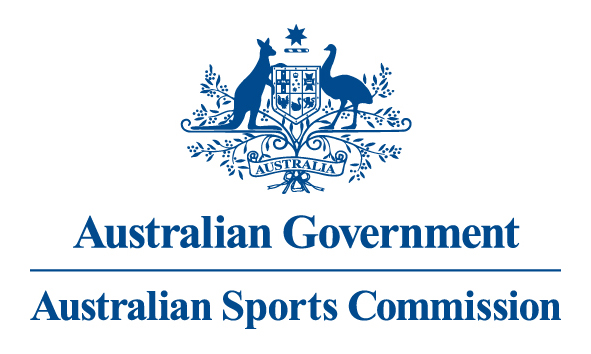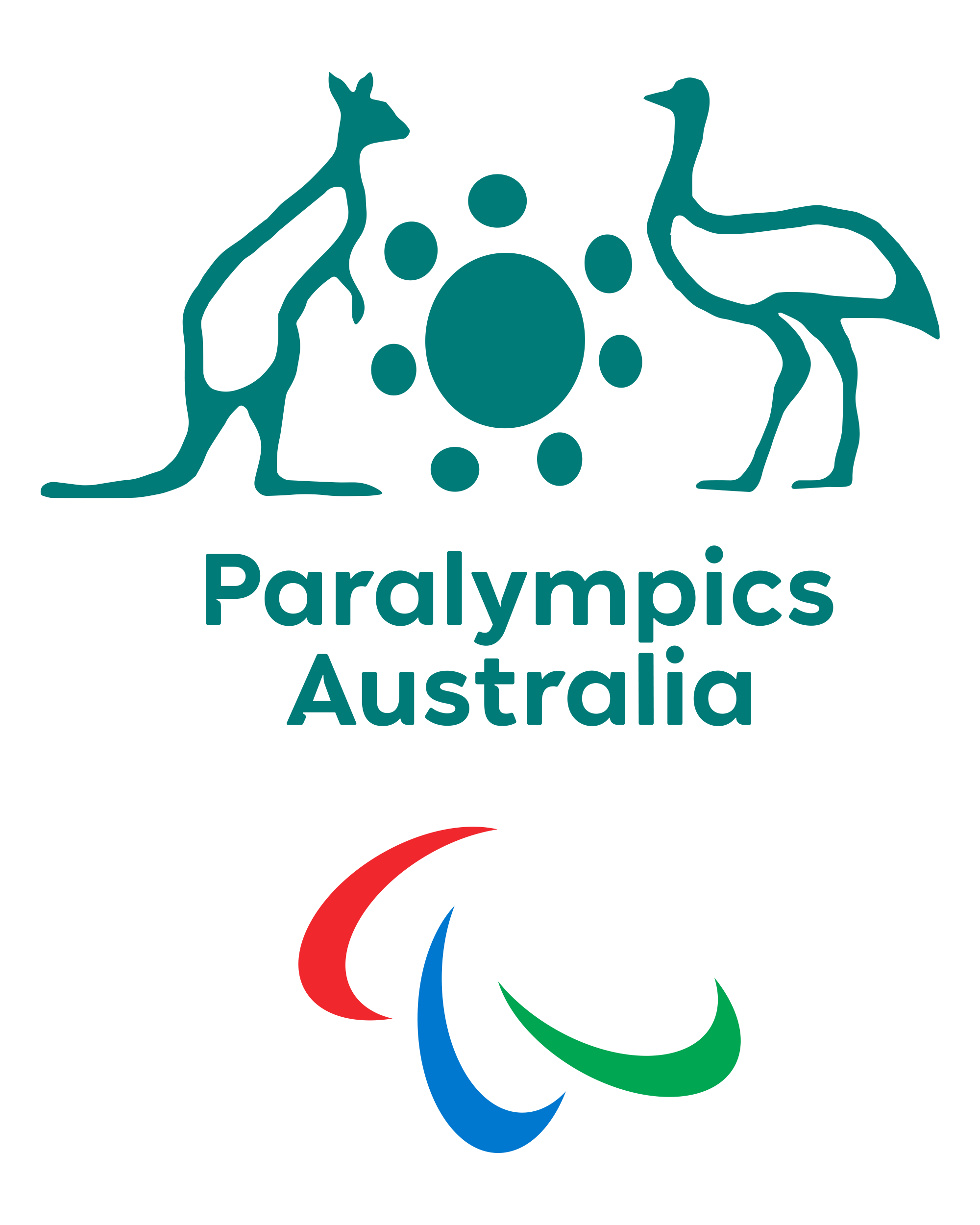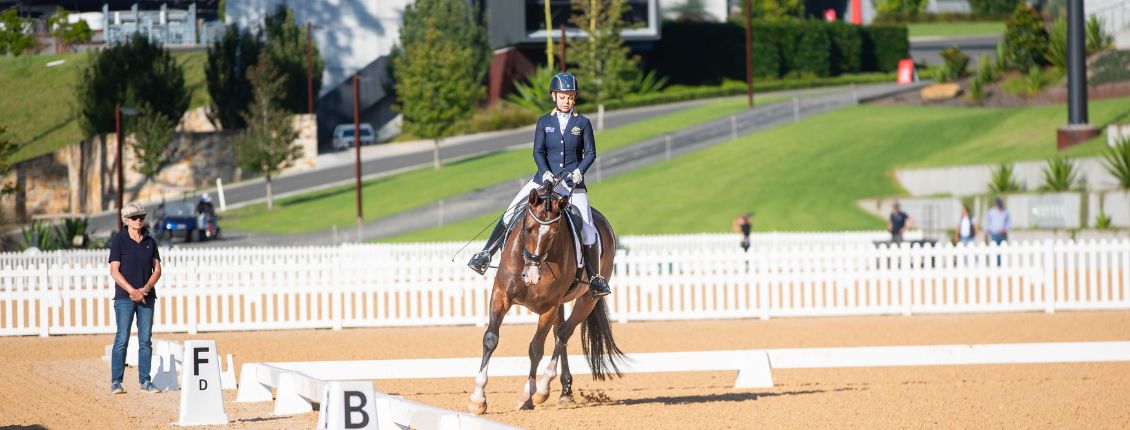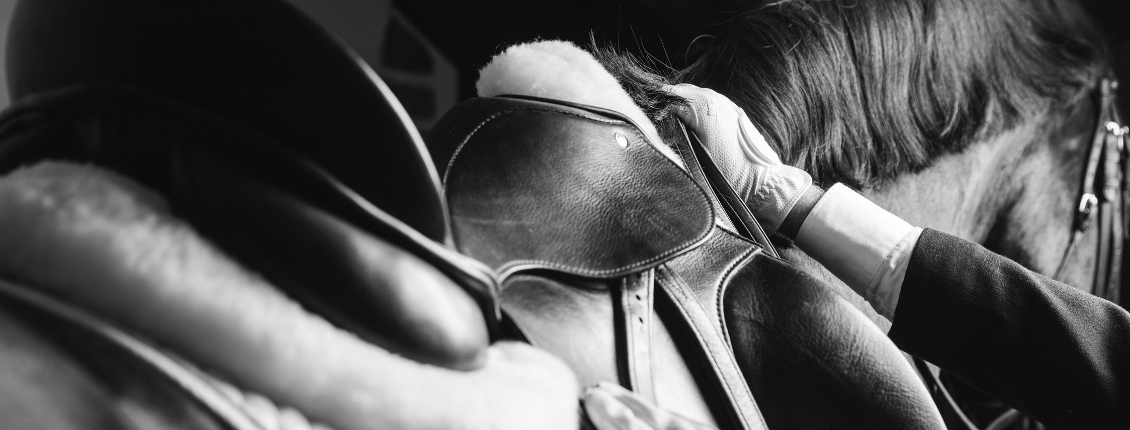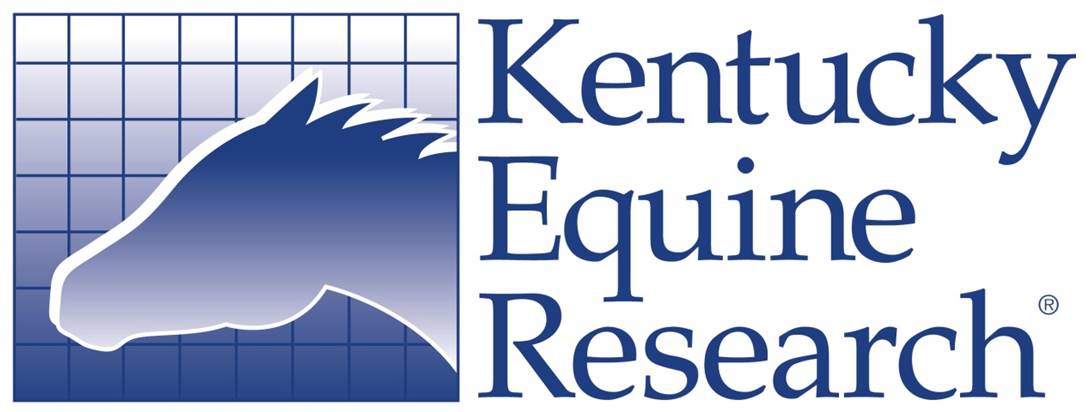
KER ClockIt Sport: Changing the Face of Equine Fitness
Most riders assess the work intensity of their horses subjectively, usually by the amount of work completed and the physiological response to the work, such as breathing patterns and degree of sweating. With recent technological advances, however, riders no longer have to depend on subjectivity or guesswork to gauge work intensity. Researchers at Kentucky Equine Research (KER) have fine-tuned a way to accurately assess work intensity through a smartphone app called KER ClockIt Sport.

Using Heart Rate as a Guide
Multiple studies conducted at KER in a laboratory setting have shown that heart rate climbs linearly as speed increases. Heart rate and oxygen consumption maintain a similar linear relationship. Conversely, blood lactate accumulation, a physiologic sign of fatigue, does not rise linearly. Instead, lactate accumulation remains low until heart rate reaches about 180 beats per minute (bpm), which is approximately 80% of maximum heart rate, and then lactate increases exponentially as heart rate nears a maximum of 220 bpm. Accumulation of lactate leads to fatigue, which in turn may precipitate time penalties and disobediences.
Heart rate is an effective, noninvasive measure of exercise intensity because it takes into account numerous factors: breed, body weight, speed, experience, fitness, shoeing, weight of rider, rider ability, footing, environmental conditions, and other influences.
“When it comes to feeding high-performance horses, one of the challenges is understanding how hard individual horses are really working,” said Joe Pagan, Ph.D., founder and president of KER. “We have spent more than 25 years researching the relationship between the duration and intensity of exercise, and the nutritional requirements of individual horses. That’s easy for us to do on the treadmill, but we wanted to apply it to horses in the field.”
A Brief History of Equine Fitness Research
Much of the work done in top-tier equine athletes was performed in the lead-up to the 1996 Olympic Games in Atlanta, according to Pagan, primarily because at the time there were many unanswered questions about how heat and humidity affected sport horses. The long format was used in three-day eventing then and consisted of four phases, the combination of which delivered a grueling endurance test. Because of the time horses spent on course, researchers were justifiably worried about how horses would handle environmental conditions. These studies formed the foundation for further work in elite equine athletes.
Several years later, Australian researchers studied event horses in an attempt to determine if training regimes dovetailed with fitness expectations during competitions. Data collection included heart rate and lactate responses, as both are accurate indicators of fitness. The research, which was presented at the International Conference on Equine Exercise Physiology in 2002, concluded that exercise intensity was much lower during normal training sessions than during competition, suggesting that many event horses are not appropriately conditioned for the work asked of them.
Much has changed in the intervening years. With the advent of the short format and improved technology, KER researchers began to ask relevant questions involving training intensity and preparedness for competition.
Fine-tuning Equine Fitness
Technology has now found its way to racetracks and competition venues worldwide. KER ClockIt Sport, the app, with the help of an onboard heart-rate monitor and Bluetooth technology, records heart rate, speed, distance, and altitude. A prototype of the sport-horse app was ready for field testing by February 2015. Like the model on which KER ClockIt Sport is based, data is sent from a smartphone to other users of the app and to a server for storage. The app is owner-centric, meaning the owner dictates who receives data for any given horse. For example, data may be shared with a trainer, who can then offer input into training schedules.
“KER ClockIt Sport enables us to gather real-time data on an individual horse’s workload, and use that information to make feeding recommendations, as well as being a valuable tool for trainers and riders to measure their horse’s training intensity and compare it to others of a similar caliber,” said Pagan.
KER ClockIt Sport also features a safety mechanism that allows GPS technology to pinpoint a rider’s location in case of an emergency. The app owner can choose specific contacts to receive emergency information.

Tracking Training Intensity and Duration Early in the Season
To better understand how three-day eventers train early in the season, KER monitored over 2,000 exercise sessions with KER ClockIt Sport in more than 100 event horses based primarily in Ocala, Aiken, and Southern Pines during February and March of 2015. Thirty-four of these horses that were in training in Florida and that represented a range of different competition levels were measured daily for six to eight weeks.
A typical weekly training program usually involved a mixture of different session work types including hacking (primarily walking), trotting (trot sets), flatting (dressage work), galloping, stadium jumping, and cross-country schooling. Based on these observations, very little work was done at a heart rate over 180 bpm. In fact, on average, even the advanced level horses spent less than two minutes per week in exercise that caused heart rate to elevate above 180 bpm. Therefore, the horse’s muscles were exposed to almost no lactate production during training.
Exercise Intensity During Competition
KER also measured heart rate during and blood lactate after the cross-country phase in several horses at competitions ranging in difficulty from novice to CIC*** and Advanced. Results indicated that horses spent the vast majority of their time on course with heart rates over 180 bpm, which is the point at which lactate begins to accumulate. In higher-level competitions, heart rates often were over 200 bpm, and the horses produced significant amounts of lactate. High lactate contributes to increased fatigue during cross-country, which in turn may translate to disobediences, time faults, or falls. In addition to fatigue, horses depending heavily on anaerobic energy generation (high lactate production) will also use more muscle glycogen, depleting stores necessary for stadium jumping on the third day of competition. Horses replace muscle glycogen slowly, often requiring three days for complete replenishment.
Training Protocols for Event Horses
Based on these observations, KER researchers learned that horses were not intensely trained in late winter, possibly due to earliness in the competition season, flat terrain, soundness concerns, or a difficulty in assessing exercise intensity. The majority of high-intensity exercise occurred during competition, not during training sessions.
With the disparity in work intensity between training and competing documented, how hard should event horses be trained?
Preparing Horses for Competition Using New Data
Because of the size and fragility of horses, training seems to be a balancing act between soundness and fitness. Human athletes often aim to train at between 75 and 90% of maximum heart rate, sometimes higher for advanced interval training. Similarly, training horses at heart rates above 180 bpm (80% of maximum heart rate) offers several physiologic benefits.
Riders can safely increase exercise intensity by adding hills to their training regime. Multiple KER treadmill studies have shown that exercising horses on an incline greatly increases work intensity as measured by oxygen consumption, heart rate, and lactate production. These studies have shown that at a canter speed, a 1% increase in grade increases a horse’s heart rate 6 bpm. This is the same effect on heart rate as increasing speed 35 m/min on a level treadmill. Therefore, equal heart rates can be obtained by cantering horses on a 6% grade at 490 m/min as from galloping on the flat at 700 m/min. Measurements of work intensities from event horses training on hills in Virginia and Pennsylvania have confirmed that the slope/heart-rate relationship measured on the treadmill also holds true in the field.
What Riders Are Saying About KER ClockIt Sport
Many riders gave generously of their time to help KER gather data from daily use of KER ClockIt Sport in early 2015.
International event rider Buck Davidson used KER ClockIt Sport during the lead-up to spring competitions, including the Rolex Kentucky Three-Day Event. "KER leads the way in nutrition and exercise research for horses. It is such a quality company in everything it does,” said Davidson. “I think this new fitness app will revolutionize the way we monitor our horses' fitness programs and treat them as the athletes they really are.”
Eventing rider and Internet sensation Jimmie Schramm also counts KER ClockIt Sport as an important tool in her training arsenal.
"I used KER ClockIt Sport to monitor my horse's fitness while I prepared for my first four-star CCI. I found it extremely useful for tracking his day-to-day work, and it’s so easy to use,” commented Schramm. “Anyone looking for a way to track a horse's fitness should try KER ClockIt Sport!"
Future Questions
Because research begets research, these initial studies have led KER researchers to identify further questions that will enhance understanding of equine fitness and broaden the capabilities of KER ClockIt: How hard do event horses train later in the season? How much lactate is produced during training? What is the relationship between heart rate/lactate and performance during a competition (time faults or jumping penalties)? What is the relationship between previous training intensity and performance during a competition (time faults or jumping penalties)? What is the relationship between previous training intensity and incidence of injury during training and competition?
Additional studies in the U.S., U.K and Australia are ongoing.
How to Get KER ClockIt Sport
KER ClockIt Sport is available on iTunes and the Google Play store. For more information, see www.kerclockit.com. Research studies are soon to start taking place in Australia and if you would like to participate in this and benefit from further information about interpreting the data collected from KER ClockIt Sport contact the Kentucky Equine Research team 1800 772 198, email [email protected].


